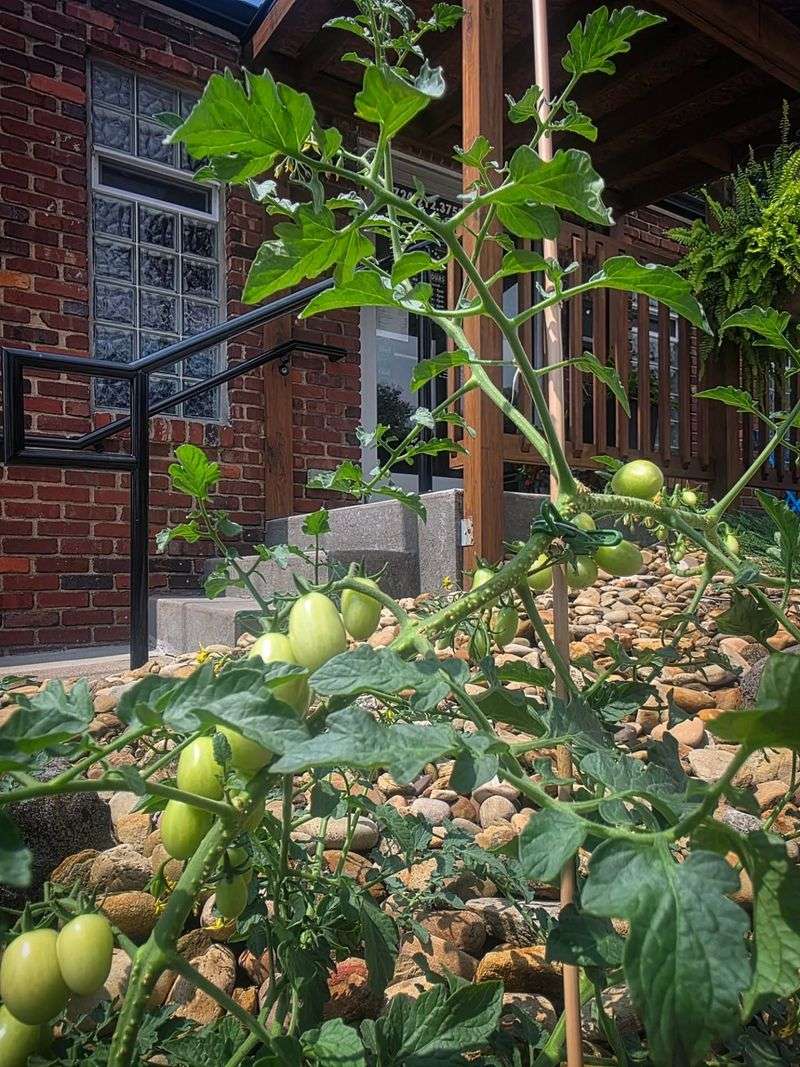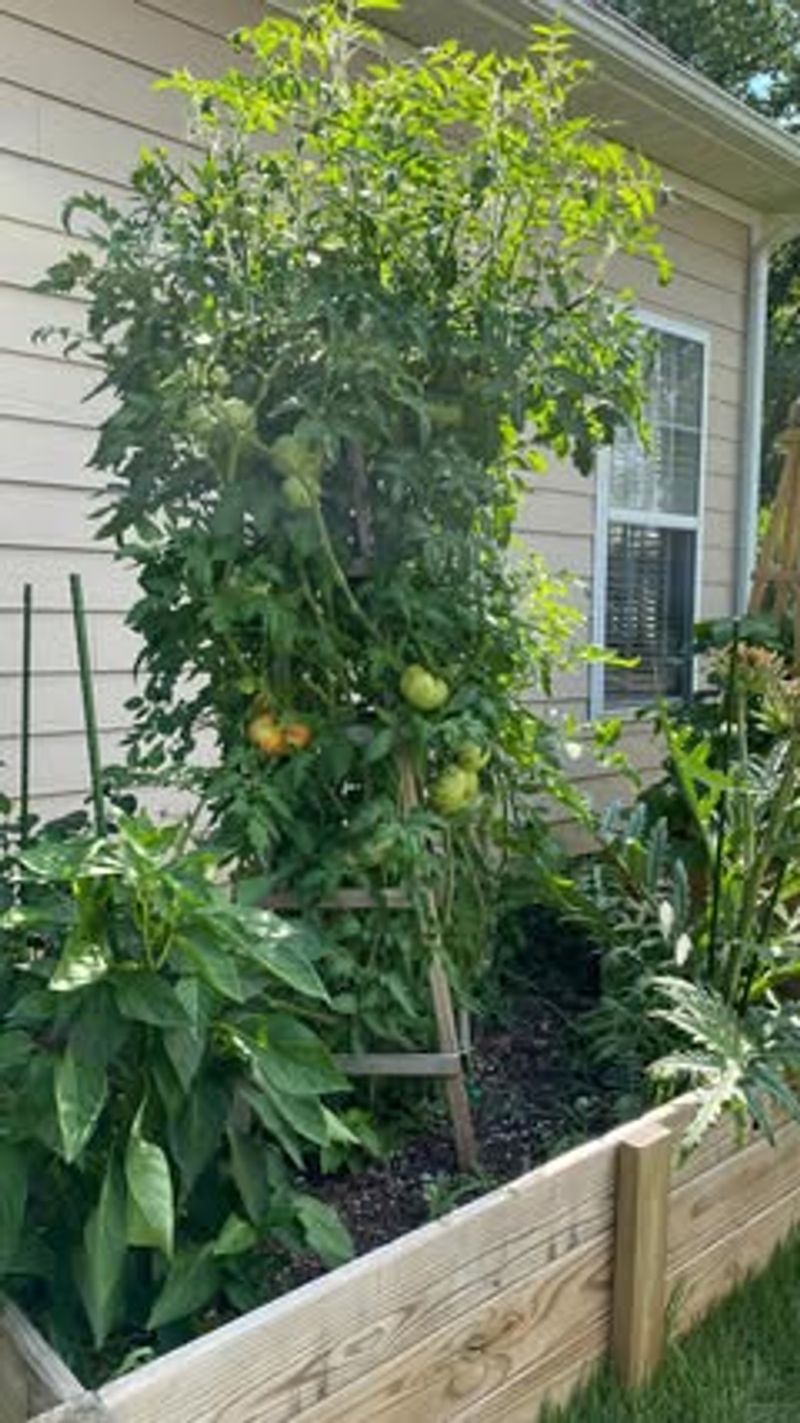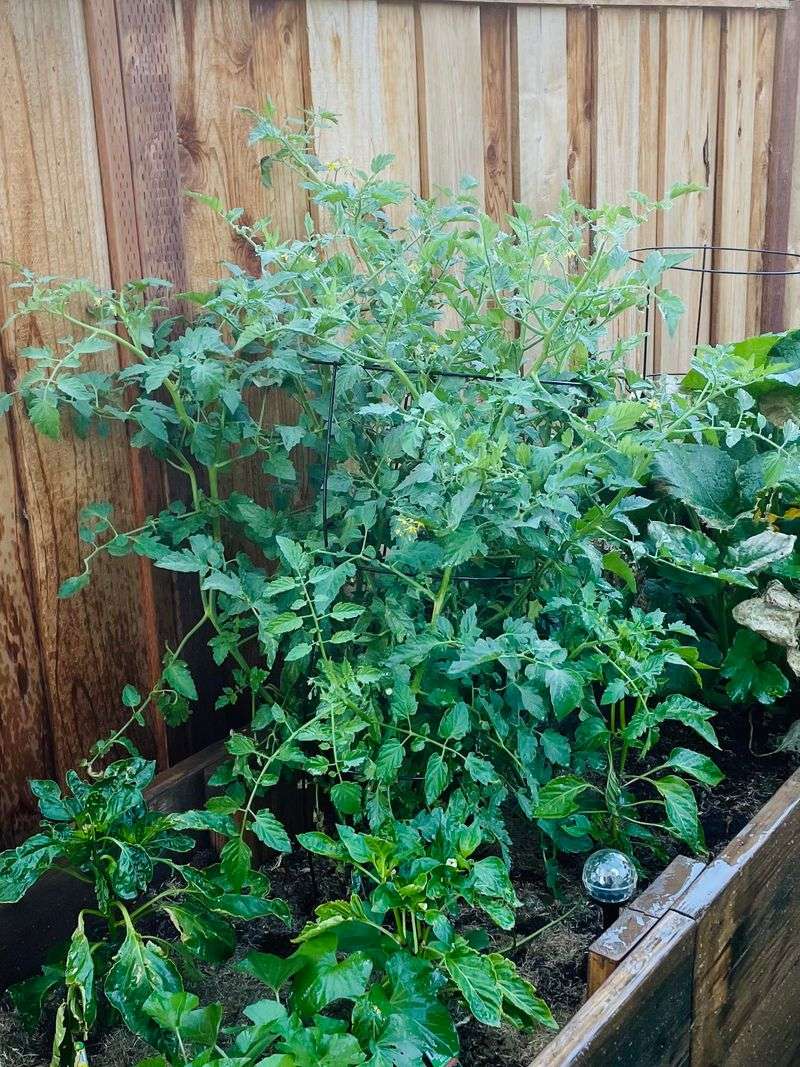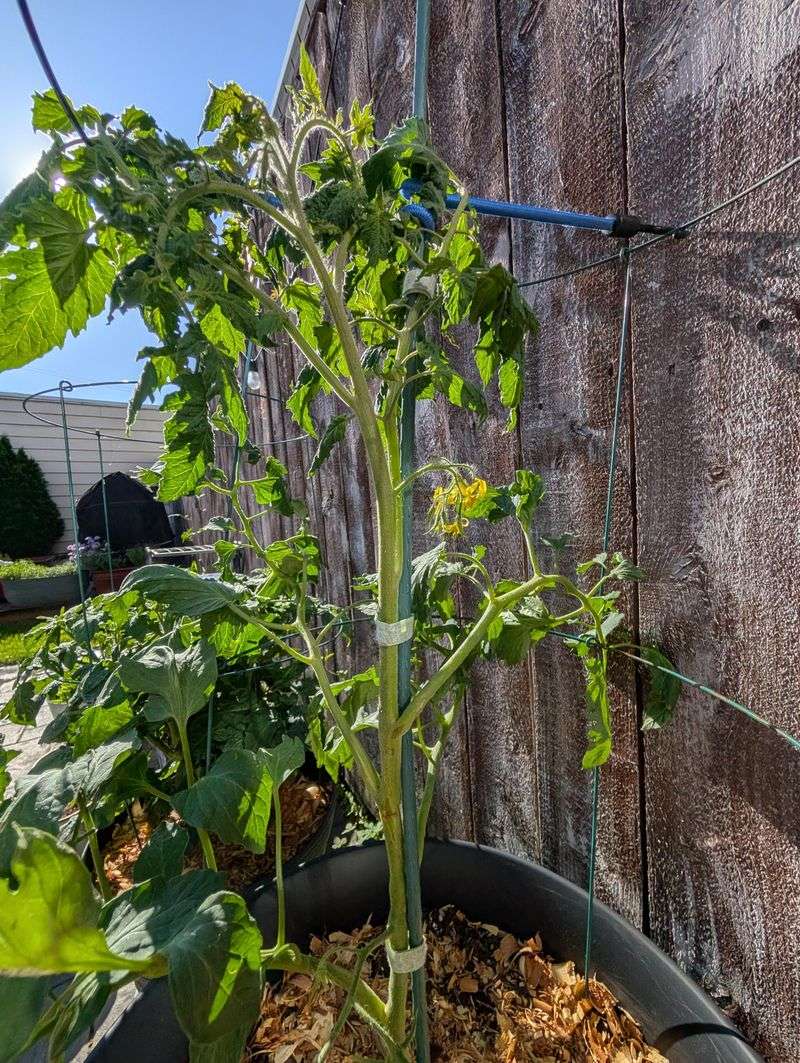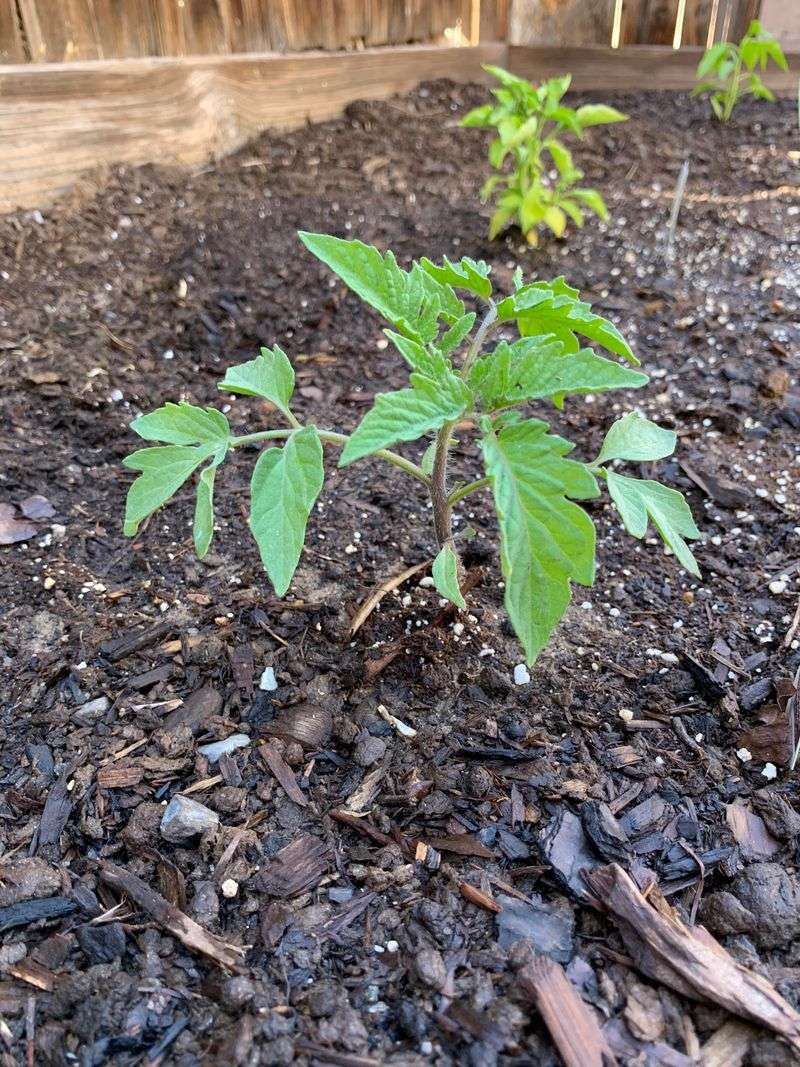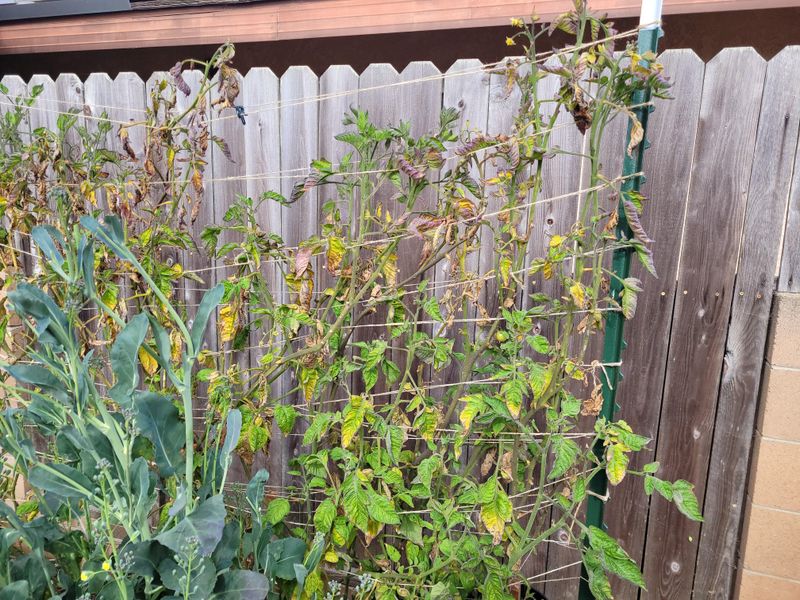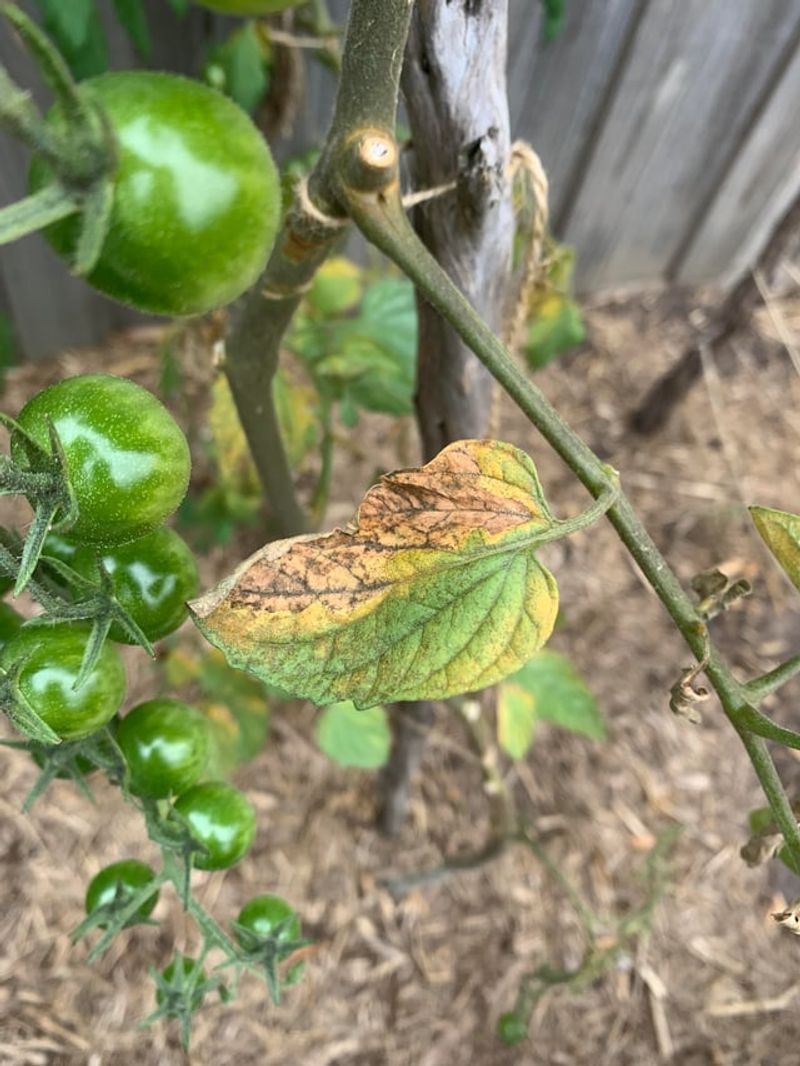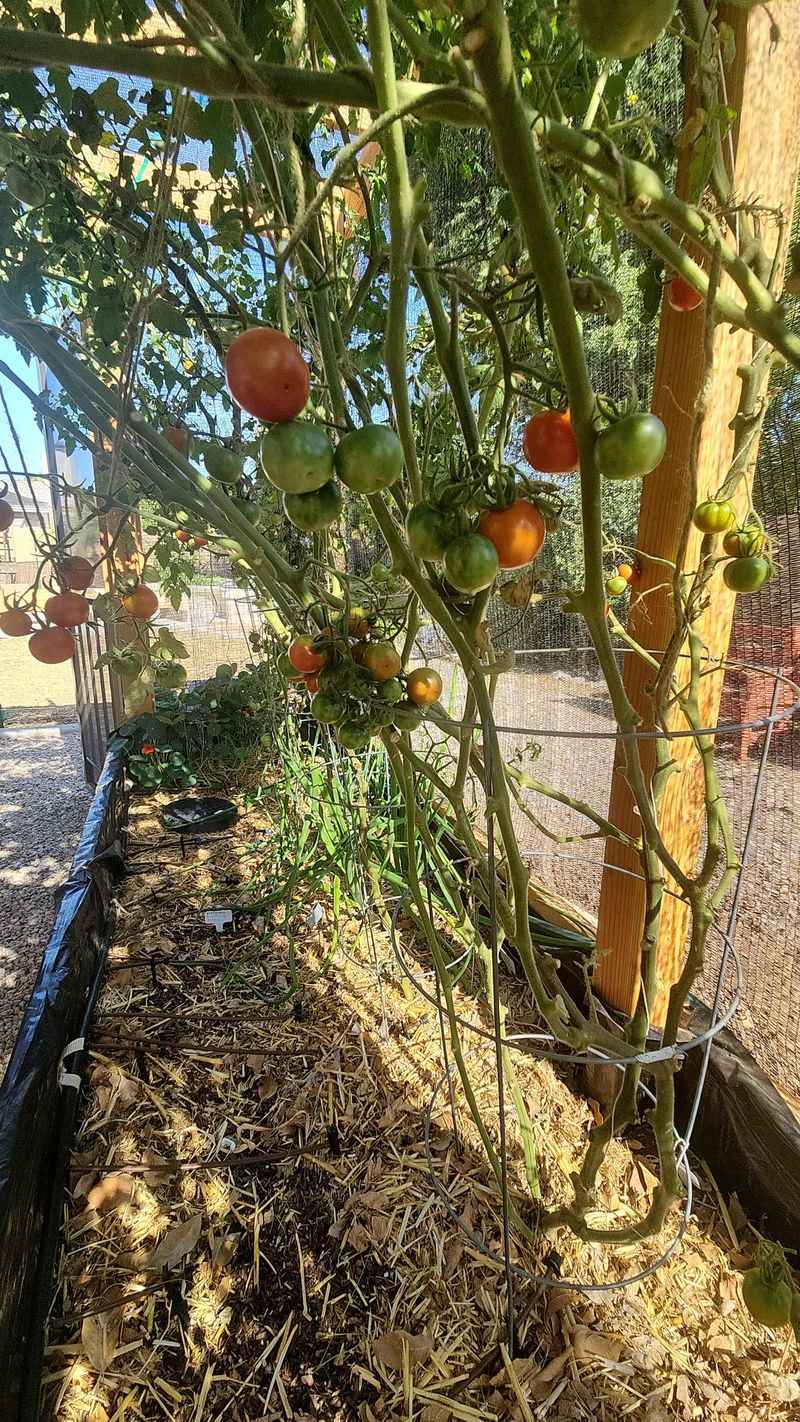Tomatoes can be finicky, especially in Oregon’s unique climate. I learned the hard way that location really matters for a successful harvest.
Avoiding a few key spots can save you time, frustration, and wilted plants. Plant them in the right place, and your garden will thrive all season long.
1. Low-Lying Areas That Collect Water
Tomatoes absolutely hate having wet feet, and Oregon gets plenty of rain throughout spring. Low spots in your yard can turn into mini ponds after a storm, drowning roots and inviting fungal diseases.
Waterlogged soil prevents oxygen from reaching the roots, which stunts growth. Always choose higher ground or build raised beds if your property has drainage issues.
Your tomato plants will thank you with stronger stems and healthier fruit when they’re not sitting in puddles all season long in Oregon.
2. Under Dense Tree Canopies
Planting beneath large trees might seem convenient, but tomatoes need at least six to eight hours of direct sunlight daily. Tree canopies block precious rays and create too much shade for proper fruit development.
Roots from mature trees also compete aggressively for water and nutrients in the soil. Your tomato plants will struggle to get what they need to thrive.
Oregon gardeners should find open spaces away from trees where sunshine can reach plants throughout the day for the best tomato production possible.
3. North-Facing Slopes and Walls
Did you know north-facing locations receive the least amount of sunlight during the growing season? Tomatoes are sun-lovers that need warmth to ripen properly and develop their sweet flavor.
Cold air tends to settle in these spots, especially during Oregon’s cool spring nights. This creates a chilly microclimate that slows growth significantly.
South or west-facing areas capture more heat and light, making them far superior choices. Your Oregon tomatoes will grow faster and taste better in warmer, sunnier locations throughout summer.
4. Windy, Exposed Hilltops
Strong winds can snap tomato stems, tear leaves, and knock over cages or stakes with ease. Hilltops and exposed ridges in Oregon often experience gusty conditions that stress plants constantly.
Wind also dries out soil faster, meaning you’ll need to water more frequently. Excessive air movement can damage delicate blossoms before they set fruit.
Look for sheltered spots with natural windbreaks like fences, buildings, or hedges. Protected areas help Oregon tomato plants grow sturdy and produce abundantly without battling constant wind stress.
5. Next To Black Walnut Trees
Black walnut trees release a chemical called juglone through their roots, leaves, and nuts. This natural toxin is deadly to tomatoes and causes plants to wilt and die within days.
The toxic zone extends far beyond the tree canopy, sometimes reaching fifty feet or more. Even fallen leaves can contaminate soil for years afterward.
Oregon gardeners with black walnuts on their property should plant tomatoes well away from these trees. Keep a safe distance to protect your plants from this invisible but powerful threat.
6. Heavy Clay Soil Without Amendment
Oregon has plenty of heavy clay soil that drains poorly and becomes rock-hard when dry. Tomato roots can’t penetrate this dense material easily, leading to stunted, unhappy plants.
Clay holds too much moisture during wet periods and creates anaerobic conditions. Without proper amendments like compost or peat moss, your tomatoes will struggle all season.
Work organic matter into clay soil before planting, or use raised beds filled with quality soil mix. Proper soil preparation makes all the difference for successful Oregon tomato gardening.
7. Areas With Poor Air Circulation
Cramped spaces between buildings or fences trap humidity and prevent air from moving freely. Stagnant air encourages fungal diseases like blight and powdery mildew, which love Oregon’s damp climate.
Tomato foliage needs gentle airflow to dry quickly after rain or morning dew. Wet leaves staying damp for hours become breeding grounds for disease.
Space your Oregon tomato plants properly and choose locations where breezes can reach them. Good air movement keeps plants healthier and reduces the need for fungicides throughout the season.
8. Previously Diseased Nightshade Family Spots
Tomatoes belong to the nightshade family along with potatoes, peppers, and eggplants. Planting tomatoes where these crops grew last year increases disease risk dramatically.
Soil-borne pathogens like verticillium wilt and fusarium can survive winter and attack new plants. Crop rotation prevents these problems from building up over time.
Oregon gardeners should wait at least three years before planting tomatoes in the same spot. Moving plants around your garden keeps soil healthy and reduces disease pressure naturally each season.
9. Directly Against Cold Concrete Foundations
Concrete foundations stay cold well into spring, chilling the soil around them. Tomatoes need warm soil to establish roots and grow vigorously during Oregon’s short growing season.
Cold concrete also reflects less light and can create frost pockets on chilly nights. Young plants placed too close may suffer temperature stress.
Plant at least two feet away from foundations to give roots access to warmer soil. This small distance makes a big difference in early growth rates for Oregon tomato plants each spring.


